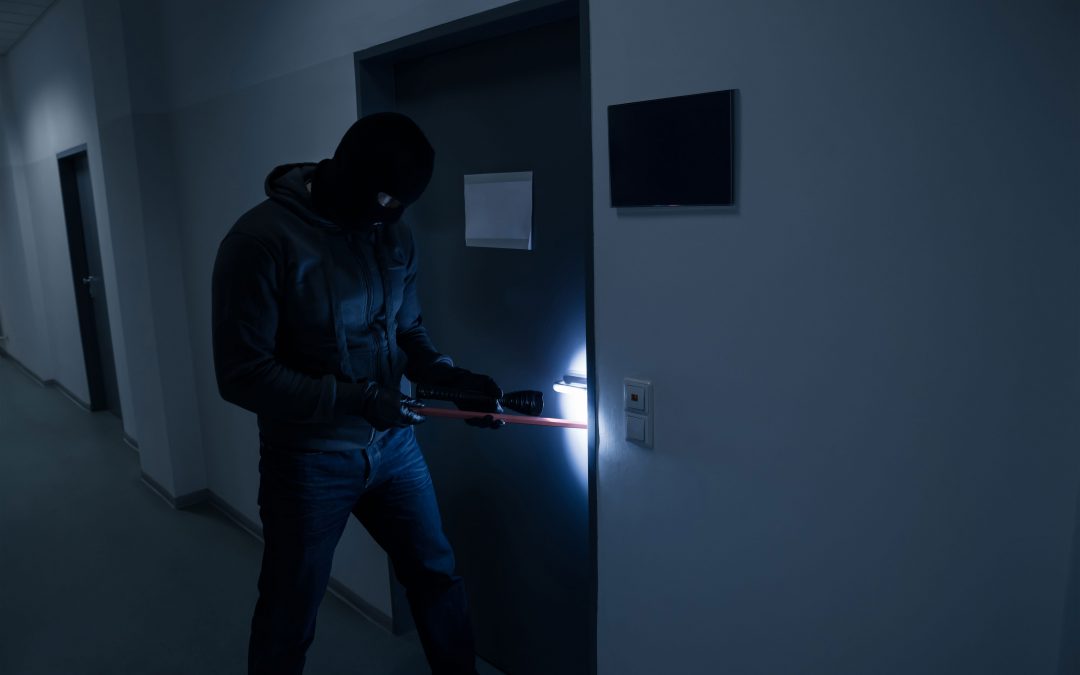Lockdown is a security measure used in buildings to keep people safe from an immediate threat.
In partial lockdown, doors leading to the outside are locked and no one can get in or out. A full lockdown requires people to stay put and not move out the room. All doors are shut and locked.
When is lockdown used?
The use of emergency lockdown is on the increase. There are many situations when it is implemented, including natural disasters, criminal threats, terrorist activity and chemical spills or gas leaks. It is used in prisons, schools, universities, hospitals, or any public building that needs to protect its occupants.
A common reason for lockdown is if there is an intruder inside or outside the building, or if a crime is taking place nearby. It is safer for occupants to stay put, lock all doors and wait for the emergency services.
Recent examples
In May 2017, a Sussex school was forced into lockdown after a group of travellers broke in and set up camp on the playing field. Center Parcs in Suffolk was put on lockdown due to a suspect package. Hundreds of guests were evacuated from the main building area, including the swimming pool, and told to remain in their cabins.
Lockdown in schools
Schools are a huge growth area for lockdown. The teacher’s union NASUWT recently called on the government to put together a coherent strategy for lockdown procedures in schools. NASUWT stated that it was an urgent matter that schools were specifically prepared for security and terrorism threats.
Some schools already run their own ad hoc drills. West Yorkshire council has been running seminars providing advice on lockdown scenarios, including aggressive pupils or parents, as well as bomb threats.
Fireco can help. Our Dorgard Pro system allows all doors to close at once, to form part of an effective lockdown procedure.
You might also like
A brief history of fire doors
As Fireco celebrates 30 years of fire safety excellence this year, we’ve been looking back over the decades. Join us as we take you on a quick time-hopping trip through the evolution of doors, right up to the present day, where fire doors have earned their rightful place at the forefront of fire safety.
Q&A: Beyond the Building Safety Act with Chris Waterman
Chris is a public policy advisor specialising in education and building safety, who recently authored The Plain Guide to the Building Safety Act 2022. Here, he answers questions relating to the Building Safety Act, whilst adding his thoughts on opportunities for training and young people within the industry.
How often should I inspect my fire doors? A comprehensive guide to ensuring safety
Fire doors play a vital role in ensuring the safety of a building’s occupants during a fire emergency, but their effectiveness relies on regular inspections and maintenance. Here, we present the key elements of an effective inspection service.





